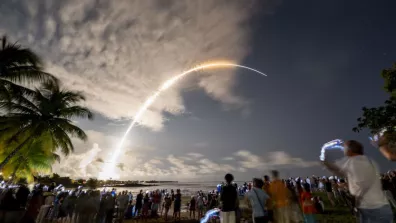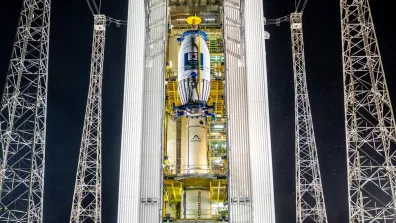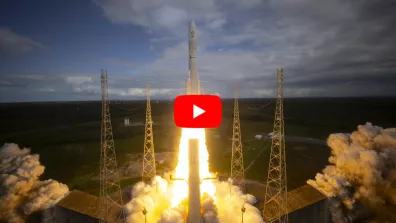Watch the launch
Three months after the successful launch of Biomass, the European light launcher Vega-C returned to flight on the night of July 25 to 26 (23:03 in French Guiana, 4:03 in Paris).
At CNES, the French space agency, we didn't get much sleep! Vega-C carried five observation satellites under its fairing, for which we were responsible for development: the MicroCarb scientific demonstrator, dedicated to the study of CO2 flows, and the two pairs of CO3D satellites (with Airbus Defence and Space for the latter), which will map the Earth in 3D.
Focus on passengers: MicroCarb and CO3D
Small in size but big in purpose, MicroCarb is a microsatellite which, once in orbit, will map atmospheric CO2 flows on a planetary scale in order to deduce the sources and sinks of this powerful greenhouse gas.
CO3D, for Constellation Optique 3, is an optical observation program designed to provide global geographic data in three dimensions. These four satellites, operating in pairs like two pairs of eyes, are also a concentrate of innovation. They will take over from the stereoscopic services provided by the Pleiades satellites.




